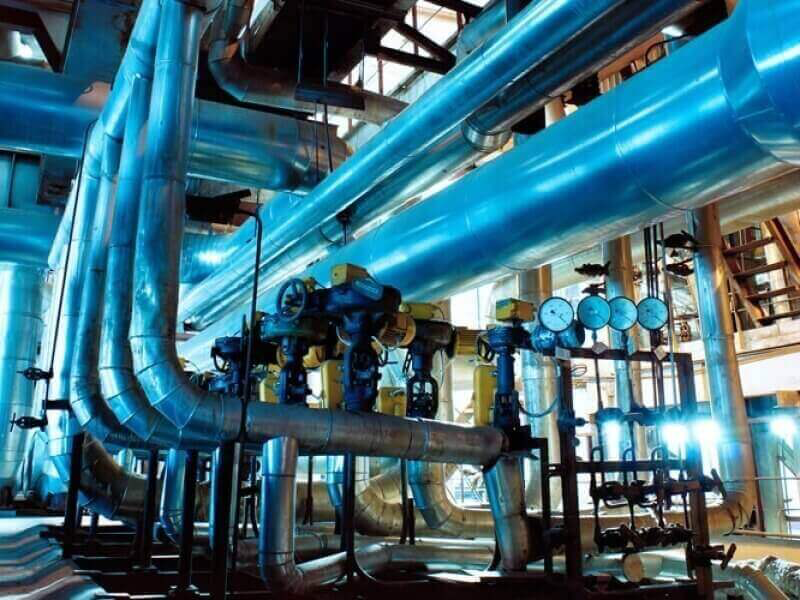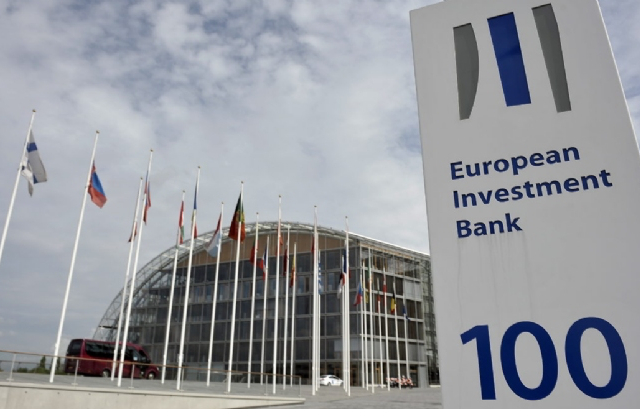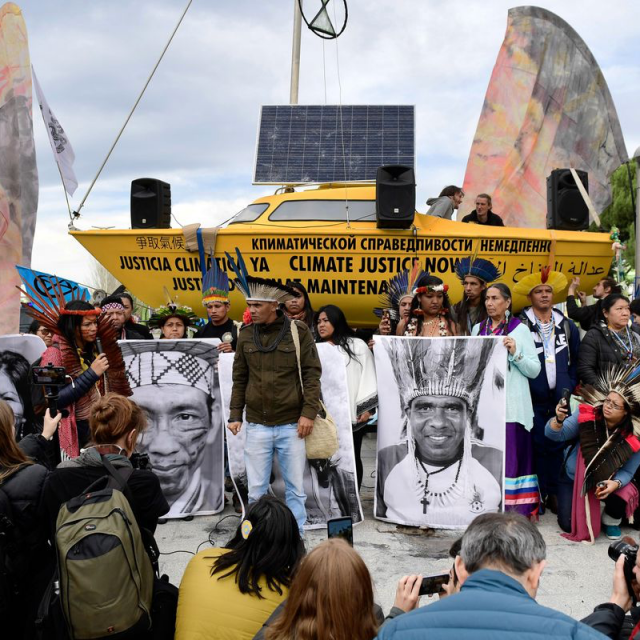A new inquiry published by a widely read digital Spanish paper reveals how Spain came to have the most luxurious gas infrastructure in Europe, with huge overcapacity, largely funded by the consumer.
This fight echoes a wider battle across the EU over the role of gas in the energy transition, where EU decision makers are continuing to support new gas infrastructure funding despite the fact that already in 2015 the EU was oversupplied with gas infrastructure by double in relation to demand, according to a European Commission think tank.
In Spain over 50 combined cycle plants used less than 17% of their capacity from 2011-2018, the investigation reveals. Some of the gas facilities built during the construction boom have never been used at all.
The PCI list (Projects of Common Interest) leaked last week shows that the European Commission plans to include 55 fossil gas projects, according to a document obtained by NGOs.
PCIs are intended to help the EU achieve its energy policy and climate objectives as they are major infrastructure facilities that connect energy networks across Europe and boost the use of renewables ensuring that secure, clean and affordable energy reaches all citizens.
This raises questions about the EU following in the footsteps of Spain in creating a further oversupply of gas infrastructure, at the cost of the consumer and the environment.
The EIB (European Investment Bank) will also decide in November on new funding criteria to align lending with climate goals and achieve net zero by 2050.
The gas sector, the commission and some states are pushing back against proposals from the EIB to end loans for gas projects.
Gas network companies across the EU continue to push for investment in long term gas infrastructure development despite stagnating demand and under-utilization of existing infrastructure as new technologies continue to take their place.
According to the European Commission’s plan, the climate compatible trend for natural gas is strongly downwards facing to about 3-4% of energy consumption in 2050 if the EU is to align with the Paris Agreement. Even with alternative gases, this trend would be strongly downward facing.
Energy security issues are thus increasingly focused on electricity supply, climate resilience and cyber security rather than access to gas sources.

Lisa Fischer, Senior Policy Advisor at E3G told this website, “Tackling natural gas emissions is crucial to ensure a climate safe world; and increasingly competitive renewables and batteries will bring gas consumption down. It is the government’s responsibility to ensure the citizen does not pay twice: bearing climate impacts and the costs of under-utilised infrastructure.”

Jörg Mühlenhoff, Energy Scenarios Policy Coordinator at Climate Action Network (CAN) Europe, said, “Energy infrastructure has several decades of lifetime. It determines Europe’s energy system of the future. That’s why we must increase our investment in renewables rather than deepen our dependency on fossil fuels. By funding fossil gas pipelines the EU is clearly undermining its own strategy.”
“EU leaders have the chance to turn off the tap of fossil gas funding in their ongoing negotiations on the next long-term EU budget as well as when they discuss next month the proposal for the EIB to become fossil fuel-free.”




